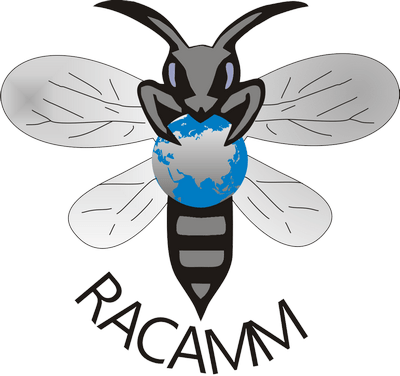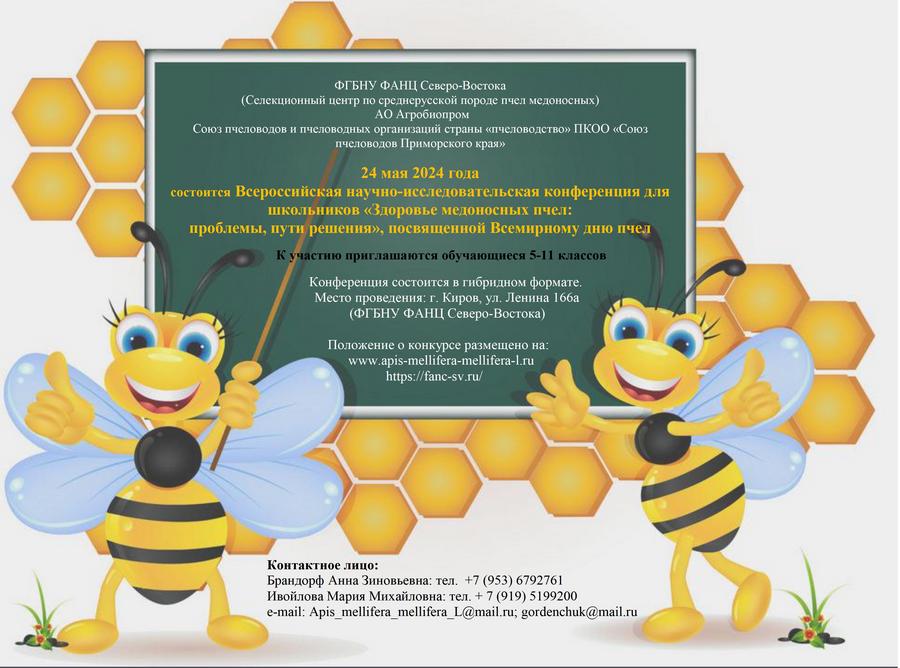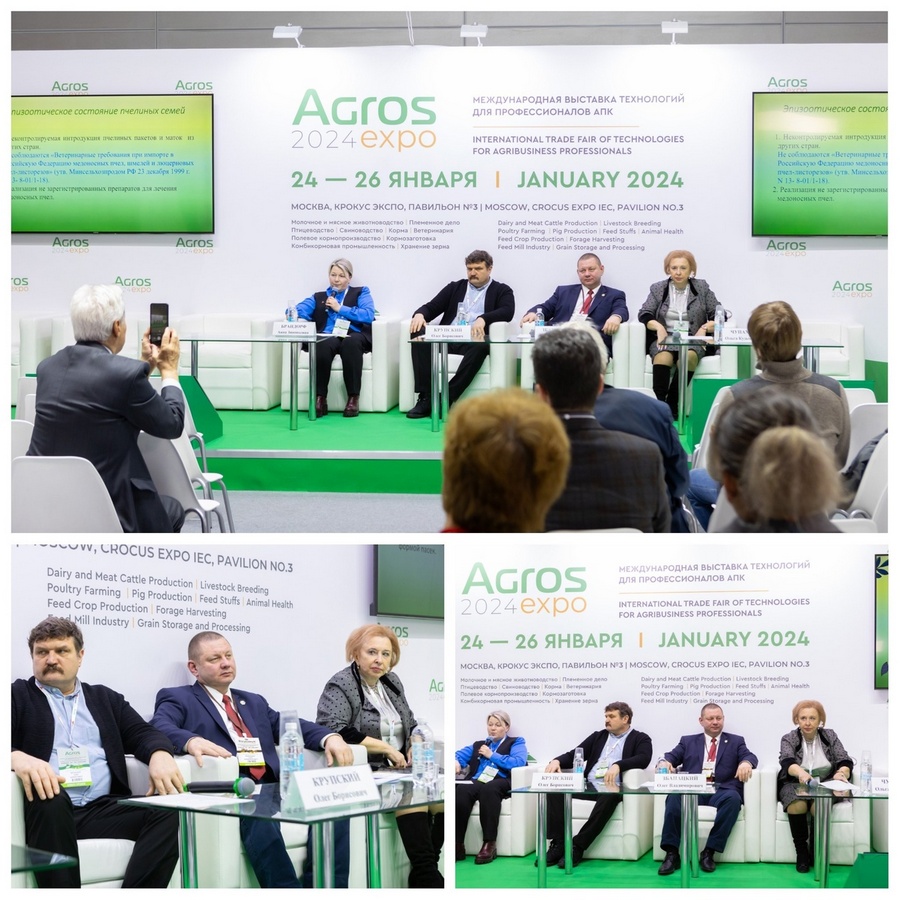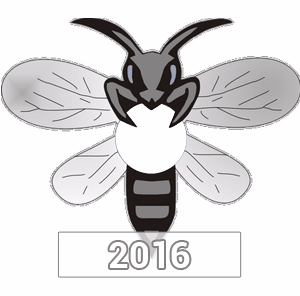In the prozess of evolution between Apis mellifera L. and flowers formed definite interconnection, as a result of them the bees had formed prioritys in foraging of pollen and nectar from certain plants. If we know these priorities, we can select and create specialized lines for pollination of the certain agricultural crops.
The purpose of ouer researches was to define florospecialization Apis mellifera L. in North-East regions of Russia. Researches were spent in the years 2006-2007 during the mass flowering competitive flora. Florospecialization was revealed through selection pollen load by arriving bees hinged pollen trap and subsequent definition of abotanical accessory of pollen grains.
As a result of the botanical analys pollen load by bees, plased in conditions of wood landforage, it was revealed narrow florospecialization. Bees brought in a beehive pollen, collected simultaneously from 2-4 kinds of plants, moreover bees formed homogeneous pollen load ( from one kind of plants). It was not find mixed pollen load.
During a day bees prefer to bring pollen from one kind of plants, which was in a phase of mass flowering. For example, during flowering a Padus racemosa L.( may), foraging of pollen from this plant was 58.2%. Simultaneously bees brought pollen from T. officinale W. – 36.0%, and pollen of Trifolium rep. L.- 5.2%. At approach raspberry forage, bees preferred foraging of pollen from Rubus ideus L.-60.4%. The same reaction was showed at bees with coming of plentiful allocation of nectar Ch. Angustifolium H. from 10 July to 9 August. Foraging of pollen from this plant was changed up 47% (10.07) to 89.2% (09.08). this plant is the basic of honey-yilding flower in a wood zone. Simultaneously, during this period, bees brought the pollen of F. ulmaria L.( 53% on 10.07); Trifolium pretense L. ( 8.6%-09.08.), K. arvensis Coult.(2.2%-09.08).
Analogous result was got by bees from fields of Trifolium prat. L. Pollen load during a day was from 3 kinds of plants. Prozent of pollen load from clover was changed up 10% in the beginning and to 98% by phase of mass flovering.
Result of our researches: bees of North-East regions of Russia have narrow florospecialization. Bees prefer foraging of pollen from from plants which are simultaneously a source of nectar and pollen. Narrow florospecialization can be used by development of ways of their effective utilization in pollination of agricultural crops.We can suppose, efficiency of “training” of bees with narrow florosp. And weak floromigration will have better results, in comparison to bees, capable quickly to pass from one kinds of plants to others, when their nectareous and pollen efficiency change.





















